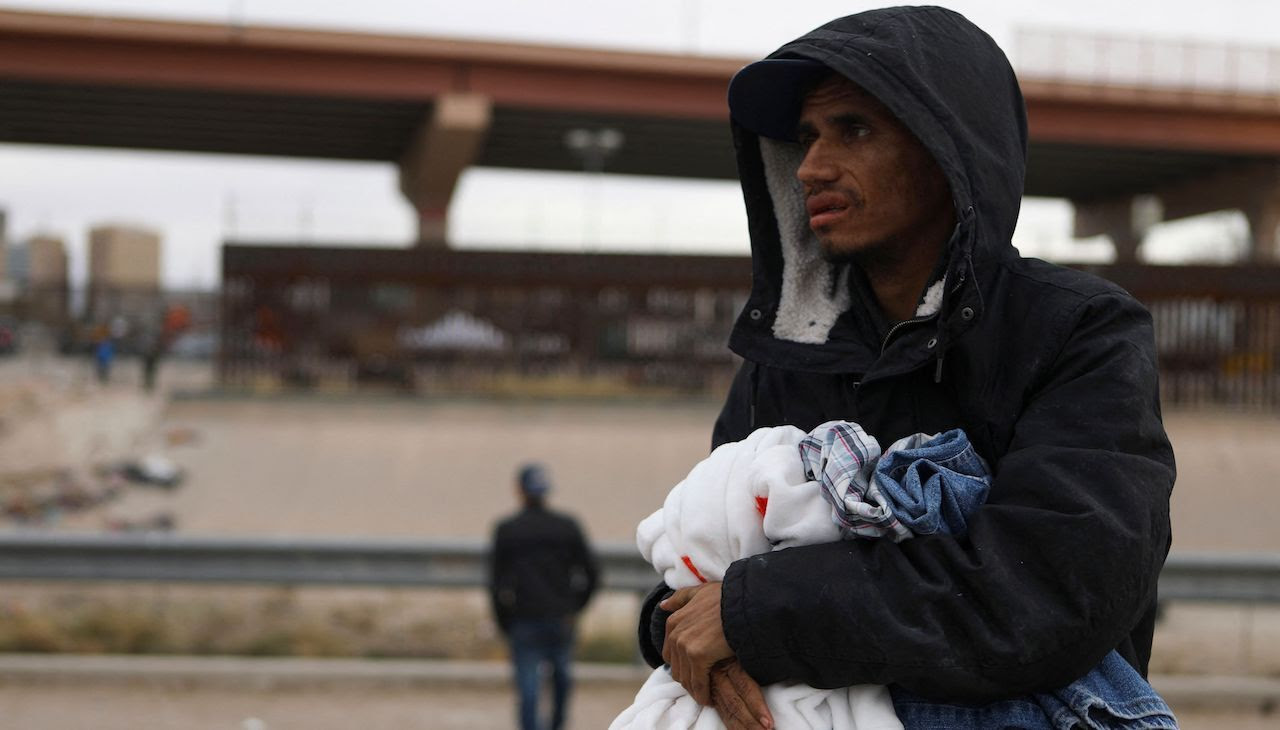
Supreme Court keeps Title 42 alive, but the situation is far from over
The Biden Administration and federal government officials find themselves in hot water as they try to grasp with the border crisis.
It is a new year, but the same problems still exist for the Biden Administration when it comes to immigration policy as the Supreme Court voted on Dec. 27 to uphold the Trump-era Title 42, which allows for the immediate expulsion of migrants at the border.
The story of a failure to act — whether through inaction or losses in court — was the story throughout 2022 and especially leading up to the end of the year. President Joe Biden has been on the wrong side of the issue, as he and his cabinet have been fighting never-ending legal battles to end Title 42.
First introduced and enacted in March 2020 during the throes of the COVID-19 pandemic, Title 42 was effectively a “health emergency order,” but it was also a way of keeping instances of illegal immigration low, using COVID-19 as a front for a policy that allows border officials to reject any migrant at the southern border seeking asylum.
Since then, the policy has been put back in place, extended, and fought over in court. Thus far, GOP officials and judges have done enough to keep the policy in place.
Immigration advocates have sued to end Title 42, arguing that it goes against American and international obligations to tens of thousands fleeing their home country to escape economic crisis, danger, escape persecution, and have stated that the policy is outdated as coronavirus treatments improve, as well as the severity of the situation altogether.
After much legal challenges from both sides, the policy was slated to expire on Dec. 21, 2022, but the recent Supreme Court decision has kept Title 42 in place, at least for now, according to a recent ruling, while a more permanent solution is being concocted, though many are not hopeful for a good working immigration plan to come by any time soon.
The Supreme Court’s ruling on Dec. 27 replaced an order first issued by Chief Justice John G. Roberts’ last week that stopped Biden’s efforts to lift Title 42. The ruling will keep the policy in place for at least two more months.
“Title 42 is a public health measure, not an immigration enforcement measure, and it should not be extended indefinitely. To truly fix our broken immigration system, we need Congress to pass comprehensive immigration reform measures like the ones President Biden proposed on his first day in office. Today’s order gives Republicans in Congress plenty of time to move past political finger-pointing and join their Democratic colleagues in solving the challenge at our border by passing the comprehensive reform measures and delivering the additional funds for border security that President Biden has requested,” The White House said in a statement following Tuesday’s ruling.
The high court also agreed to hear arguments in February to determine if an Arizona-led coalition of 19 states can challenge a lower-court ruling that ordered the Biden administration to lift the policy.
RELATED CONTENT
Prior to this latest ruling, the policy was being legally challenged left and right from either side, while tens of thousands of immigrants from Mexico, and Central America began to slowly gather at the border wall along the U.S. southern states of Arizona and Texas.
In the Lone Star State, El Paso has already received thousands of immigrants, mostly women and young children, with more expected to make their way over even if the policy is lifted or not.
The Texas city has prepared for their arrivals despite the circumstances. Many have been sheltered in vacant schools and buildings, but with the huge number of migrant arrivals, could prove to be costly and difficult for a handful of cities and small border towns to handle.
El Paso converted two convention centers and two vacant schools into shelters and provided over 10,000 beds for migrants. While shelter is important, the ultimate goal is to move people out of El Paso. Additionally, a few nonprofits are also doing their part which includes busing migrants to larger airports in Texas.
Anxiety, and now danger is starting to present itself on both sides of the Mexico and U.S. border, with children and young parents suffering from not only the hazardous trip across the border itself, but also the brutal desert winter.
The Title 42 crisis paints an ugly reality of the U.S.’s unwillingness or purposeful disregard in regards to immigration. As the system has not managed to change a whole lot in the last 40 years, what we are seeing now are the consequences that come from lazy decision-making.
Uncertainty has always been a common theme in relation to any kind of immigration legislation, and now this issue looks just as in danger than it has ever been.










LEAVE A COMMENT: